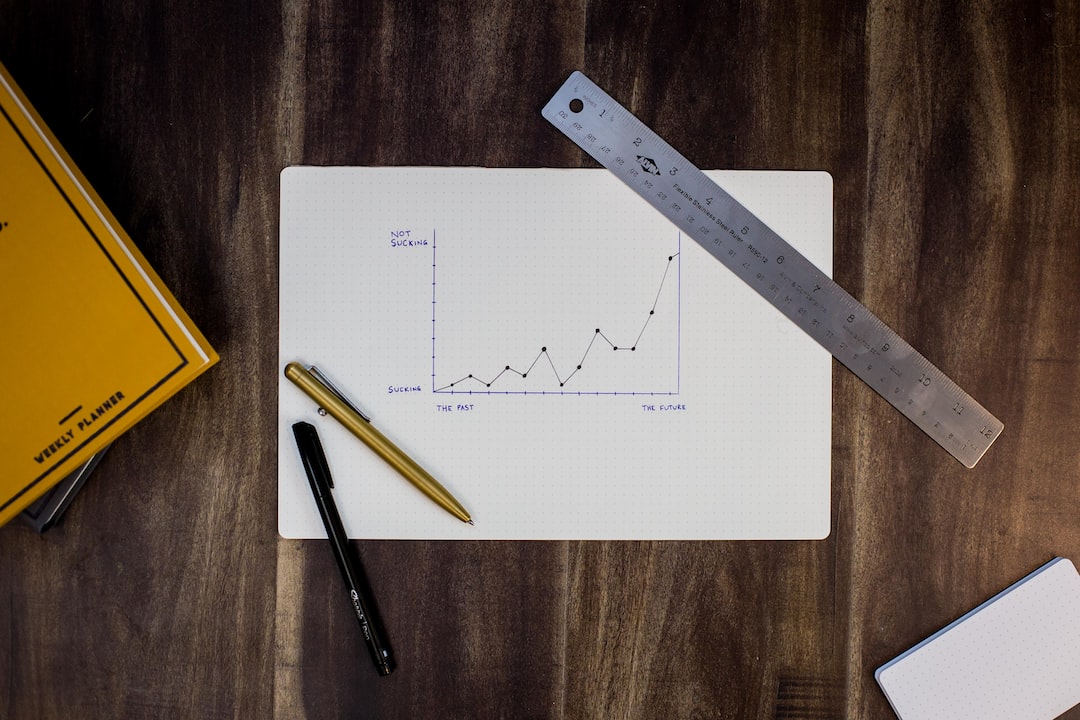When it comes to trading in the forex market, one of the most common questions that traders ask is how many forex pairs should they trade. The answer to this question depends on many factors, including the trader’s experience, risk tolerance, trading strategy, and available time.
In general, beginners are advised to start with one or two forex pairs and gradually increase the number of pairs as they gain more experience and knowledge about the market. This approach allows them to focus on a limited number of pairs and develop a deep understanding of their behavior, which is crucial for successful trading.
On the other hand, experienced traders with a proven track record may trade several forex pairs simultaneously. However, even for experienced traders, it is important to maintain a balance between the number of pairs and the available time and resources for analysis and monitoring.
The choice of forex pairs to trade also depends on the trader’s risk appetite and trading style. For instance, some traders prefer to trade major currency pairs such as EUR/USD, USD/JPY, and GBP/USD, which are highly liquid and have low spreads, while others prefer to trade exotic currency pairs such as USD/TRY or USD/ZAR, which have higher volatility and wider spreads.
Moreover, the trading strategy also determines the number of forex pairs to trade. For instance, a scalping strategy that aims to take advantage of short-term price movements may require the trader to monitor multiple pairs simultaneously, while a trend-following strategy that focuses on long-term trends may require the trader to focus on a limited number of pairs.
In addition, traders should also consider the time zone and trading hours of the forex pairs they trade. For instance, a trader based in Asia may prefer to trade currency pairs that are active during the Asian session, such as USD/JPY or AUD/USD, while a trader based in Europe may prefer to trade currency pairs that are active during the European session, such as EUR/USD or GBP/USD.
Another factor to consider is the correlation between forex pairs. Some currency pairs are highly correlated, meaning they tend to move in the same direction, while others are negatively correlated, meaning they tend to move in opposite directions. Trading highly correlated currency pairs may increase the trader’s risk exposure, while trading negatively correlated pairs may help to diversify the portfolio and reduce risk.
In summary, the number of forex pairs to trade depends on the trader’s experience, risk tolerance, trading strategy, available time and resources, correlation between pairs, and trading hours. Beginners should start with one or two pairs and gradually increase the number as they gain more experience and knowledge about the market. Experienced traders may trade several pairs simultaneously, but they should maintain a balance between the number of pairs and the available time and resources for analysis and monitoring. Ultimately, the choice of forex pairs to trade should be based on a thorough analysis of the market and the trader’s individual goals and preferences.





